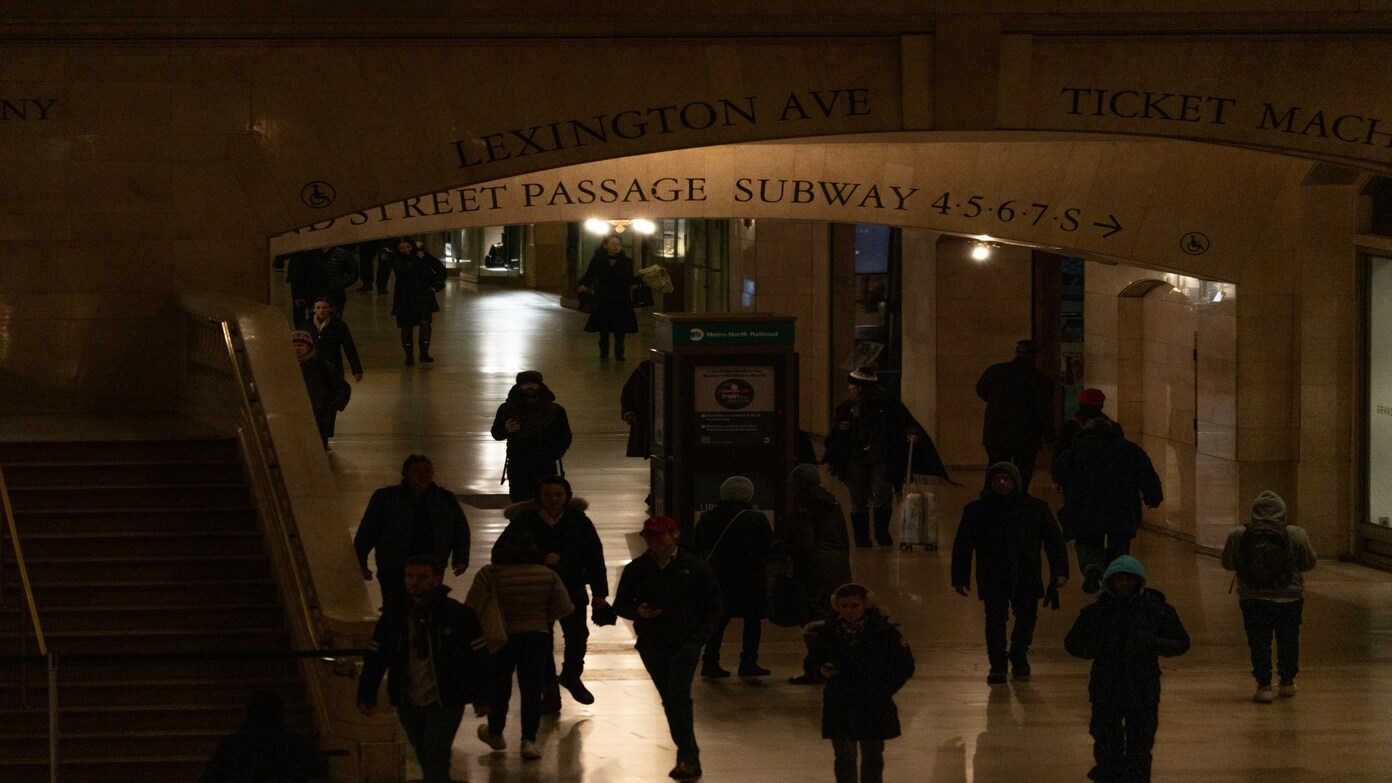As part of a broad initiative to reorganize the federal workforce, President Donald Trump and Elon Musk, the head of the Department of Government Efficiency (DOGE), have begun mass terminations of federal workers. Thousands of probationary employees at several agencies were let go in the last two days, a notable escalation in the administration’s bid to reduce the size of the government and its spending.
Targeting probationary employees
The initial wave of the layoffs has hit primarily probationary employees—workers with less than one year of service who have not yet gained full civil service protections. They are the most at risk because they lack the bargaining rights to oppose job reductions that more senior staff have. Affected agencies have included the Department of Veterans Affairs, the US Forest Service, the Department of Educationl, and the National Nuclear Security Administration (NNSA).
At the Department of Veterans Affairs, more than 1,000 of the nearly 43,000 probationary employees were terminated, in the hopes of saving an estimated $98 million. Secretary Doug Collins said, “This was a difficult choice, but one that’s ultimately the right one to serve the Veterans, families, caregivers, and survivors the department was created to serve.”
The US Forest Service terminated the employment of nearly 3,400 probationary staff members, which amounts to 10% of its 35,000 employees. The above cuts were not made in core professions such as firefighters, policemen, bridge inspectors, or meteorologists. Similarly, the Centers for Disease Control and Prevention (CDC) terminated the employment of nearly 1,300 probationary staff members, which is about 10% of its employees.
Wider implications and future strategies
The move by the administration is part of an effort to dramatically reduce the size of the federal government. President Trump, with the support of Musk, has signed an executive order directing federal departments and agencies to draft plans for “large-scale reductions in force.” Musk has been a willing advocate of bold action, saying, “We need to eliminate whole agencies rather than have some percentage of them left behind. Unless you cut the root of the weed, it’s easy for the weed to grow back.”
Faithful to this ideology, the administration has already moved to effectively shut down the US Agency for International Development (USAID) and the Consumer Financial Protection Bureau (CFPB). The Department of Education is next, claims President Trump, who expressed his desire to shut it down outright, referring to it as “a big con job.”
Union response and legal challenges
The wholesale firings have been the target of strong denunciation by federal government worker unions and advocacy groups. AFGE President Everett Kelley criticized the action, stating, “This administration has abused the probationary period to conduct a politically motivated mass firing spree, not against workers for performance, but because they were hired before Trump took office.” He noted that they are not for poor performance but are “about power.”
The aggressive cuts by the administration are falling under growing legal danger. A suit has been filed by 14 states against the legality of Musk’s appointment and the mass layoffs. Some of the restructuring and layoffs have also been instructed to stop by federal judges over questions of legality and potential overreach by the administration.
Impact on Government operations
The mass firing also brought into question the continuity and effectiveness of critical government activities. The NNSA, which is charged with the maintenance of the nation’s nuclear program, lost 325 employees who were terminated. An Energy Department spokesperson stated fewer than half a percent of all NNSA employees were terminated, but the move has brought into question national security in addition to the agency’s ability to function.
Environmental and conservation groups also condemned the move. Taylor McKinnon, the southwest director of the Center for Biological Diversity, warned, “These bungled and inhumane kill jobs will degrade national parks from sea to shining sea and push our most imperiled plants and animals closer to extinction.”
Read this later: What does the Laken Riley act, Trump’s first legislation, do? Who was Laken Riley?
Why does Nicolás Maduro always wears a tracksuit and what does Hugo Chávez have to do with it?
N-550 Form: what is it, instructions, how to fill it out, when to use and how long does it take to get a Certificate…
This is the money Donald Trump would be willing to pay to get Greenland, the largest island in the world
This is Pituffik Space Base, the northernmost U.S. Space Force base in Greenland and the northernmost in the country
Trump’s one, big, beautiful bill looks set to pass as House Republicans move bill forward

